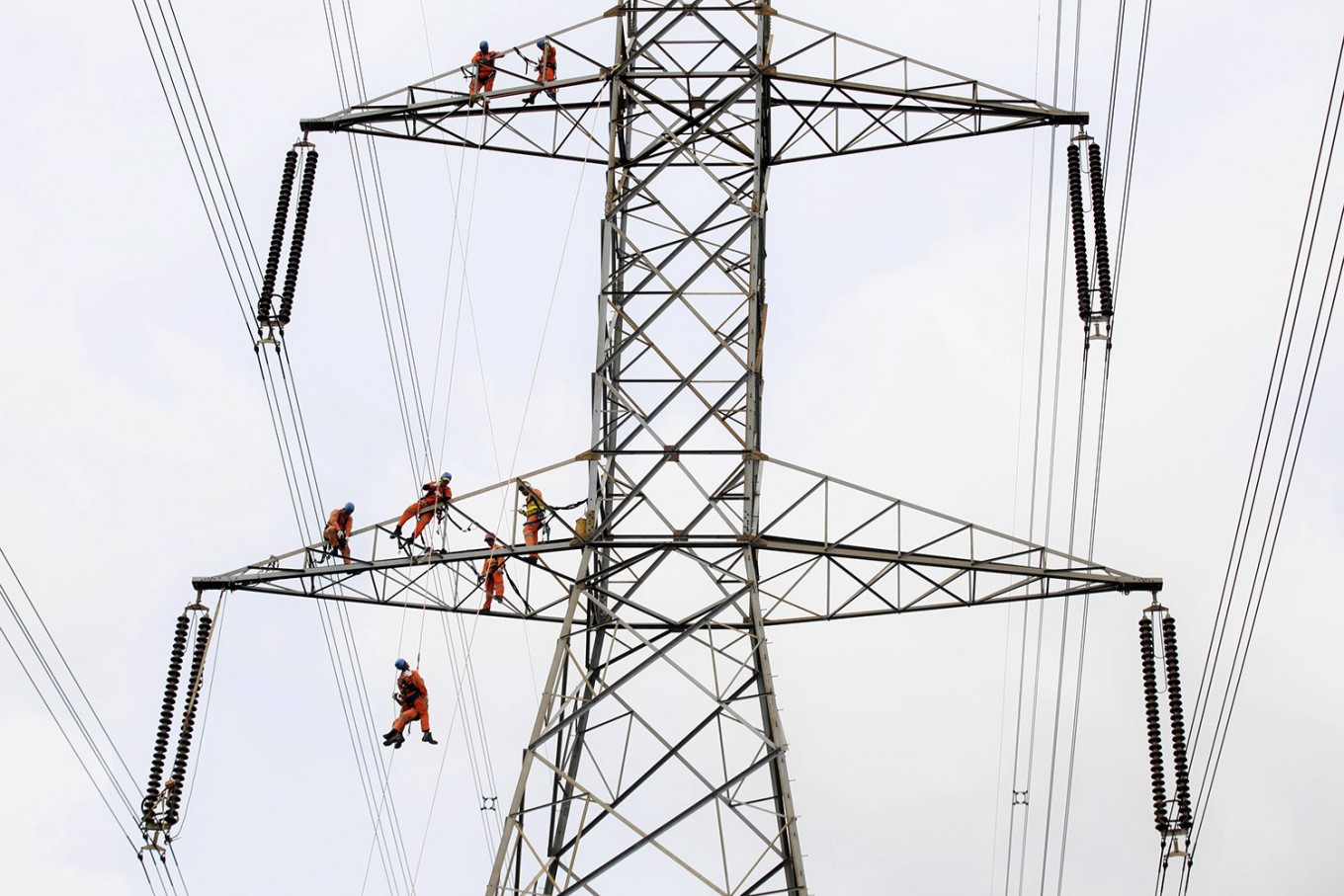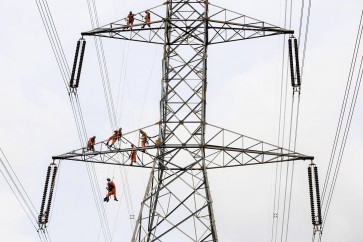EDITORIAL: Making sense of PLN's business
PLN’s latest electricity procurement business plan (RUPTL), a guideline for the company’s operations until 2026, has highlighted the company’s focus on expanding electricity capacity in Sumatra, Kalimantan and Sulawesi.
Change text size
Gift Premium Articles
to Anyone
 PLN’s latest electricity procurement business plan (RUPTL), a guideline for the company’s operations until 2026, has highlighted the company’s focus on expanding electricity capacity in Sumatra, Kalimantan and Sulawesi. (JP/Dhoni Setiawan)
PLN’s latest electricity procurement business plan (RUPTL), a guideline for the company’s operations until 2026, has highlighted the company’s focus on expanding electricity capacity in Sumatra, Kalimantan and Sulawesi. (JP/Dhoni Setiawan)
S
tate-owned power company PLN has shelved the construction of several power plants with a combined capacity of about 9 gigawatts (GW). Construction of the projects will not be considered until 2020 as the company forecasts that feeble economic growth is set to drastically reduce demand for electricity.
The impacted projects, according to PLN officials, are mostly located in Java — the country’s center of industry, which is keeping its potential electricity crisis at bay and enjoying a 30 percent surplus in electricity capacity.
PLN has argued that it will suffer huge financial losses should it be forced to go ahead with the projects, saying that the electricity will not be able to be absorbed by customers but PLN will still have to pay for its production. The postponement will further diminish the government’s ambitious policy to complete the construction of 35 GW worth of power plants by 2019. Earlier, officials already said that only around 40 percent of the 35 GW would be able to be produced by 2019 because of various hurdles.
PLN’s decision to delay construction of the plants also indicates the gloomy prospects for the industrial sector as the company may well be aware that real business activities are unlikely to increase until at least 2020. The expectation of weak industrial activities should have raised the alarm for President Joko “Jokowi” Widodo, who came to power on his promises to create jobs, particularly for young people.
Given the bleak reality in Java, PLN’s latest electricity procurement business plan (RUPTL), a guideline for the company’s operations until 2026, has highlighted the company’s focus on expanding electricity capacity in Sumatra, Kalimantan and Sulawesi. The company has argued that electricity demand in these three areas has outpaced supply.
Another adjustment in the business plan is a firm commitment to have 23 percent of the country’s power plants fueled by renewable energy by 2026, up from the current figure of 13 percent. PLN is even willing to go the extra mile and operate a nuclear power plant if renewable sources from water, wind, geothermal, solar and biomass fail to meet the desired target, according to the company’s RUPTL.
If a nuclear plant fails to get the green light from the government, PLN will even explore the possibility of using a small modular nuclear reactor to generate electricity for certain major islands in the archipelago.

















